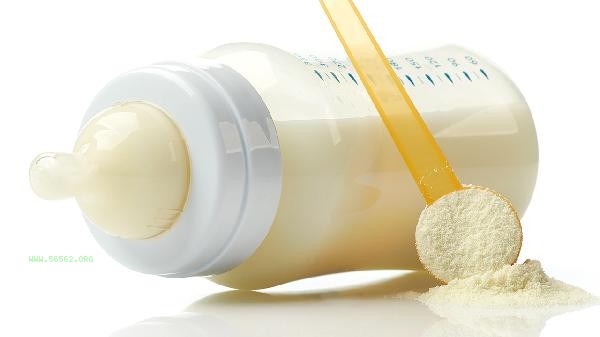The remedial measures for overeating desserts on the second day mainly include adjusting the diet structure, increasing water intake, moderate exercise, supplementing dietary fiber, and ensuring sufficient sleep.
1. Adjust diet:

Reduce daily carbohydrate intake and replace refined sugar with high protein foods. For breakfast, boiled eggs with sugar free soybean milk can be selected. For lunch, steamed fish and green leafy vegetables are mainly used. For dinner, chicken breast and broccoli are recommended. Avoid consuming sweets or high GI foods again to prevent severe fluctuations in blood sugar levels.
2. Moisturizing:
Drink 2000-3000 milliliters of warm water and add lemon slices to promote metabolism. Water can accelerate sugar metabolism and alleviate blood viscosity. Drink about 200 milliliters per hour, and supplement in small amounts to achieve better results, while also helping to eliminate edema caused by high sugar diets.
3. Moderate exercise:

Engage in 45 minutes of aerobic exercise such as brisk walking, swimming, or cycling, maintaining a heart rate in the range of 60% -70% of maximum heart rate. Exercise can deplete excess glycogen reserves and improve insulin sensitivity. If time is limited, it can be divided into two 20 minute exercise sessions.
4. Dietary fiber:
Increase the intake of soluble dietary fiber such as konjac and oats, and ensure at least 200 grams of dark vegetables per meal. Dietary fiber can delay sugar absorption and improve gut microbiota balance. Additional 10 grams of Chia seed or flaxseed can be added to form a gel to wrap the excess sugar after water absorption and expansion.
5. Sleep Restoration:
Ensure 7-8 hours of high-quality sleep and avoid using electronic devices 2 hours before bedtime. The increased secretion of growth hormone during deep sleep helps regulate levels of leptin and ghrelin. Keep the bedroom temperature between 18-22 degrees Celsius and use blackout curtains to create a dark environment. During the remedial period, it is necessary to maintain a calm mindset, as a single binge eating will not immediately lead to significant weight gain. Continue to maintain a low sugar diet for the next 3 days, replacing refined rice and flour with whole grains, and adding 1 serving of low GI fruits such as blueberries or apples daily. The main cooking method is steaming, and the amount of edible oil should be controlled within 20 grams. Establish a regular eating schedule and eat every 4 hours to prevent excessive hunger. Keeping a diet diary can help identify factors that trigger binge eating, and if necessary, seek a nutritionist to develop personalized plans. Long term recommendations include cultivating moderate sensitivity to sweetness and reducing dependence on sweets through gradual sugar reduction.




Comments (0)
Leave a Comment
No comments yet
Be the first to share your thoughts!